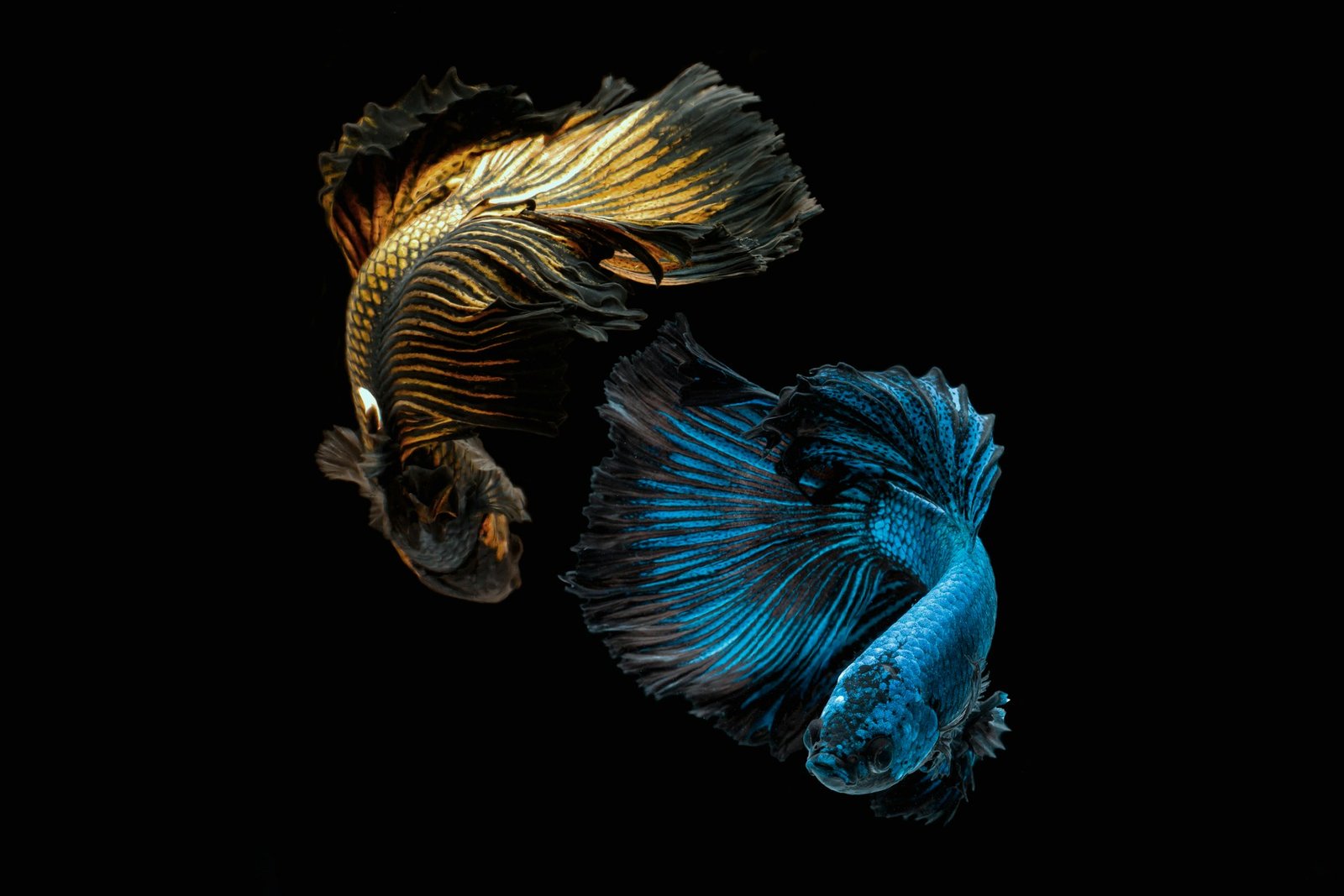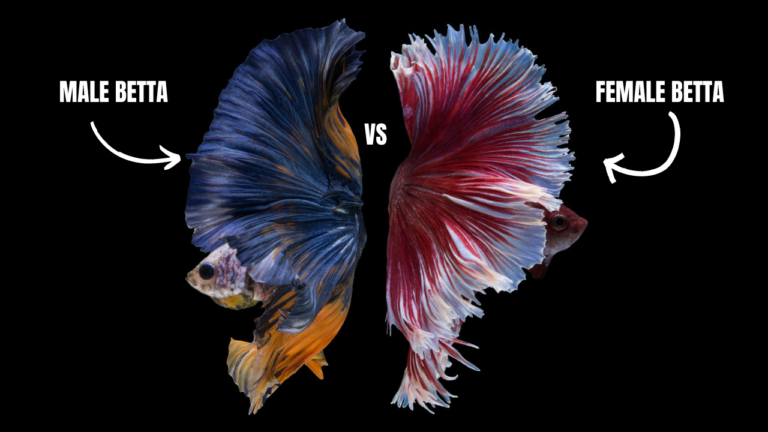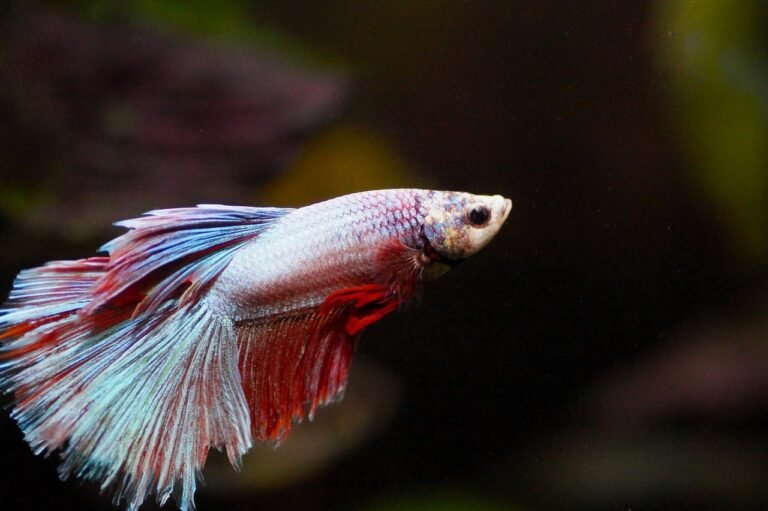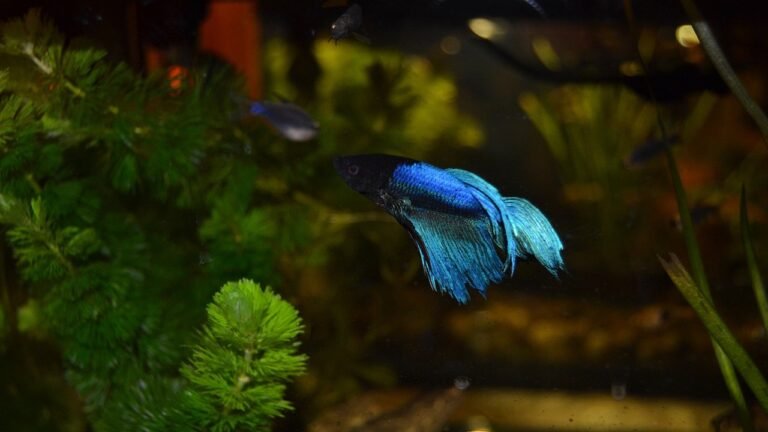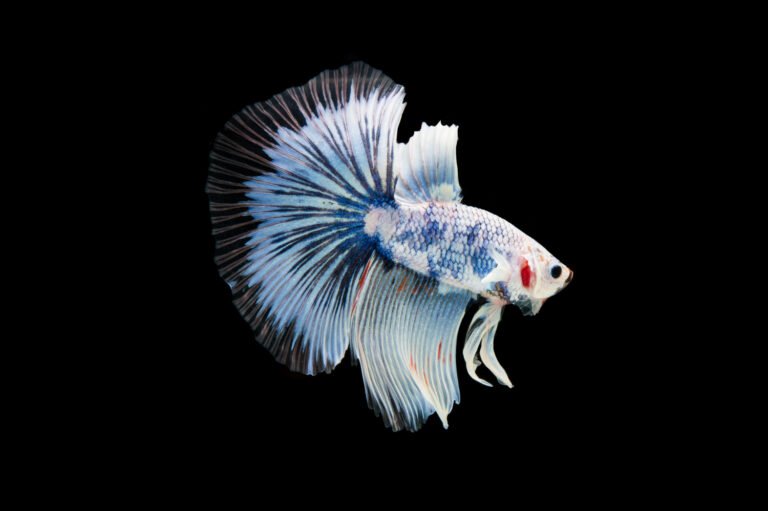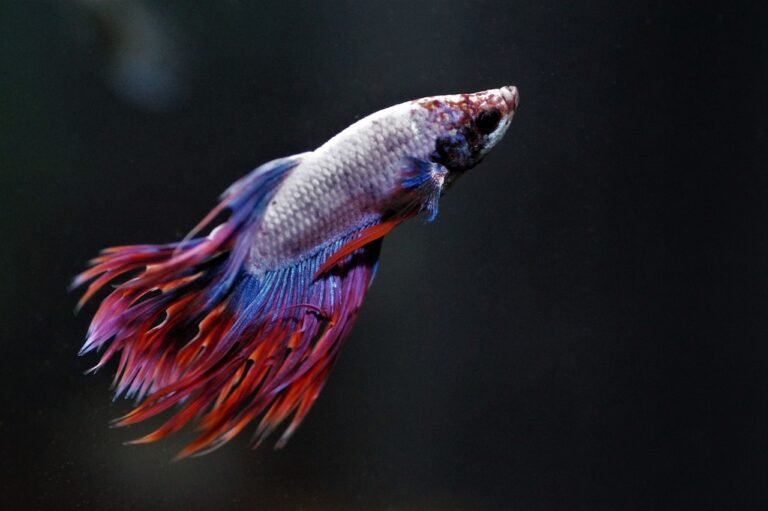Let’s talk about the fascinating world of female bettas where elegance meets beauty. These amazing creatures are often outshone by their male counterparts but possess a charm that is nothing short of remarkable. In this all-inclusive guide, we will dive deep into the interesting sphere of female bettas; looking at their behaviors, appearances and care requirements. Be prepared to be captivated by these aquatic wonders!
Understanding the behavior
Female bettas are known for their docile and peaceful nature. Unlike their territorial male counterparts, they get along well with each other without much fussing over territories or fights for dominance. They engage in what can be described as an elegant dance as they swim together displaying tranquil movements that are quite hypnotizing. However, it is important to note that each fish has its own personality and behaviors; some females may show occasional aggressive bursts.
How to determine the gender of your betta fish
If you’re unsure about the gender of your betta fish, there are a few key characteristics to look for:
- Body shape difference: males have slimmer streamlined bodies while females look plumpier round-shaped.
- Fin length: Males have a tendency to have more extended fins that move more easily, especially the ventral and anal fins.
- Breeding tube: There is a breeding tube on adult males near their ventral fins or “ovipositor,” which they use for fertilization.
- Egg spot: As mentioned earlier, females often have a small white “egg spot” or “breeding stripe” located on the bottom part of their bodies.
Learn More About Betta Fish Genetics .
If you’re still unsure, consulting with an experienced betta breeder or fish enthusiast can help you determine the gender of your betta fish accurately.
How to identify a female betta fish
Distinguishing a female betta fish from a male can be a bit tricky, but there are a few telltale signs to look for:
- Size: Typically, females are smaller than males measuring about 2-3 inches long on average.
- Colouration: While males have bright colors with intricate patterns on their fins, females tend to exhibit duller shades ranging from light blue through dark red or green.
- Fin Shape: Females have shorter rounded off fins compared to longer flowing ones seen in males.
- Egg Spot: One prominent feature found only in female bettas is an egg spot also known as breeding stripe located near the ventral region which appears white against other body colors.
Male vs. female betta fish: What are the differences?
While both male and female betta fish belong to the same species, they exhibit distinct physical and behavioral differences:
| Characteristic | Male Betta Fish | Female Betta Fish |
| Size | Larger | Smaller |
| Coloration | Brighter, more vibrant | Subdued, less vibrant |
| Fin Shape | Elongated, flowing | Shorter, rounded |
| Aggression | Highly territorial and aggressive | Generally peaceful |
| Breeding Behavior | Builds bubble nests, guards eggs | Lays eggs, provides minimal parental care |
Can female betta fish get pregnant?
Yes, female betta fish can indeed get pregnant! However, it’s important to note that they do not give birth to live young. Instead, they lay eggs which are then fertilized by the male betta fish.
Signs of a pregnant female betta fish
If you’re keeping a pair of betta fish together, you may notice certain signs that indicate your female is pregnant:
- Swollen abdomen: As the female’s eggs develop, her belly will appear larger and more rounded.
- Vertical stripes: Vertical bars or stripes may become visible on her body, signaling her readiness to spawn.
- Nesting behavior: The male may start building a bubble nest in preparation for the spawning process.
Caring for a pregnant female betta fish
If you suspect your female betta is pregnant, it’s crucial to provide her with the best possible care:
- Separate the pair: Once you notice signs of pregnancy, separate the male and female into different tanks or containers to prevent aggression and ensure the safety of the eggs and fry.
- Provide a breeding tank: Set up a dedicated breeding betta fish tank with gentle filtration, plenty of live plants, and a shallow area for the eggs to be deposited.
- Monitor water quality: Maintain optimal water conditions by performing regular partial water changes and testing the water parameters.
- Offer a varied diet: Feed your pregnant female a nutritious diet rich in live or frozen foods to support her energy needs during this crucial time.
How to introduce a male betta fish to a female betta fish
If you plan to breed your betta fish, you’ll need to introduce the male and female carefully to ensure a successful spawning process:
- Breeding tank setup – provide a separate breeding tank with gentle filtration system, live plants and shallow areas for eggs deposition;
- Pair conditioning – feed both high quality foods, perform water changes regularly etc.. to stimulate spawning behavior in them;
- Pair introduction – keep male & female in containers within but not touching each other inside this prepared breeding tank;
- Behavior monitoring – watch out for signs of aggression vs courtship displays between them; if all is well release into same container else maintain status quo;
- Male removal – take him off after successful spawning so he doesn’t eat eggs/fry.
Importance of separating male and female betta fish
Despite being possible to keep a male and female betta fish in one tank for breeding, it is not advisable to house them together permanently. In particular, males are very territorial and can be aggressive towards females after spawning. Thus, they should be separated once they have mated and kept in individual tanks or communities with appropriate tankmates for each.
Can female betta fish live together?
Yes, female betta fish can live together in the same aquarium, provided that certain conditions are met:
- Tank size – at least 10 gallons per small group of females, more for larger groups;
- Hiding spots – provide many places to hide such as living plants, driftwood or decorations so that every fish could find its own territory and minimize potential aggression;
- Water conditions – maintain optimum quality through regular partial water changes coupled with monitoring various parameters like pH level,temp range etc..
- Tank mates compatibility – choose non-aggressive peaceful species that won’t bully or compete with them over food/territory.
Female betta fish and other tank mates
While female betta fish can generally coexist with a variety of tankmates, it’s essential to choose compatible species carefully. Some suitable options include:
- Peaceful community fish: Tetras, rasboras, corydoras catfish, and certain gouramis can make excellent tankmates for female bettas.
- Shrimp and snails: Invertebrates like cherry shrimp and nerite snails can help keep the tank clean while adding visual interest.
- Bottom-dwellers: Peaceful bottom-dwellers like kuhli loaches or otocinclus catfish can cohabitate with female bettas without competing for the same swimming space.
However, it’s crucial to avoid aggressive or territorial fish, as well as those with long, flowing fins that may resemble a male betta and trigger aggression.
Concluding All
Female bettas are truly unique and beautiful creatures. They swim gracefully, remain peaceful in nature, and attract people with their different characteristics. These elegant beauties will surely captivate all aquarists whether newbies or veterans due to their hypnotizing presence.

